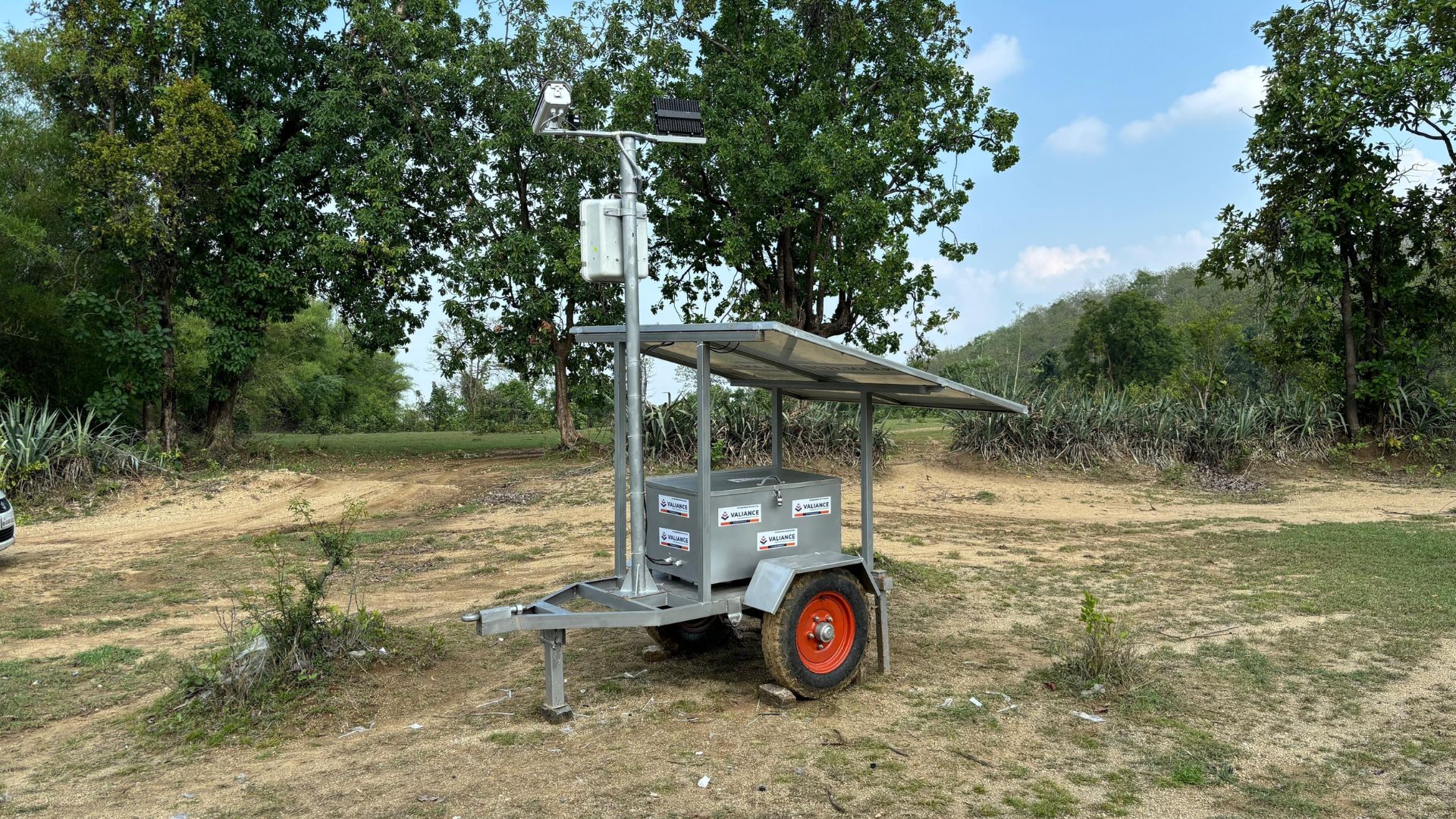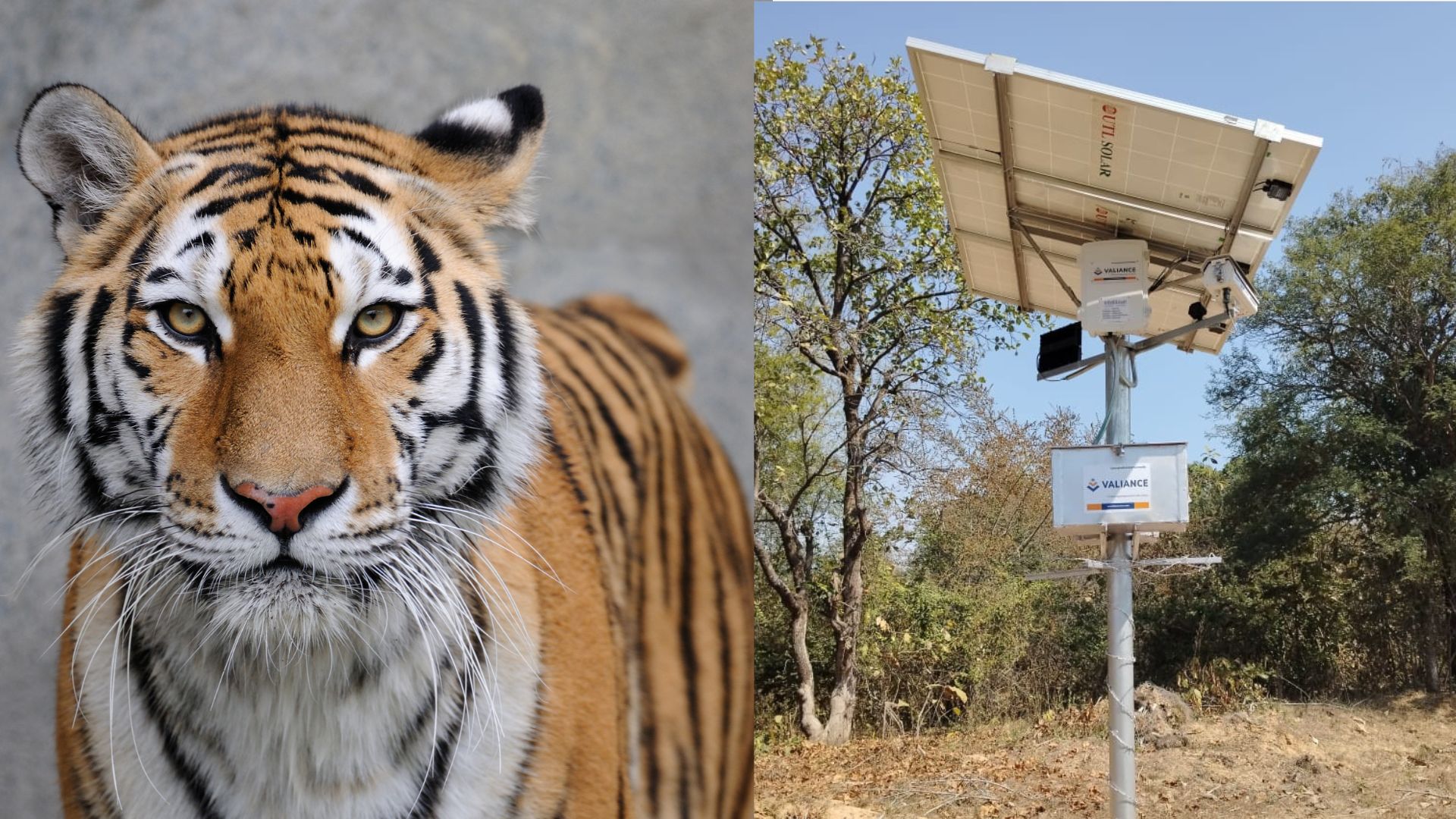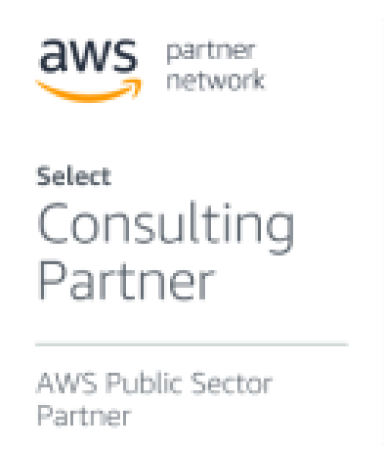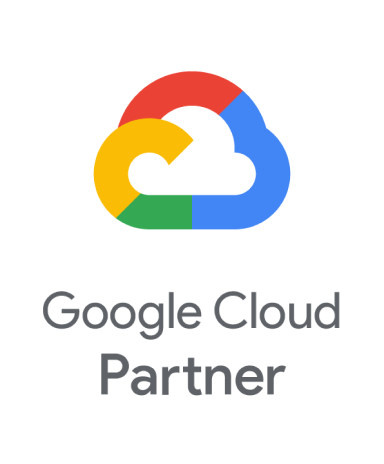Our Case Studies
Discover How We Help Leverage Data And Analytics
Featured Case Studies

Public Sector
Safeguarding Lives, Bridging Habitats at Pench

Public Sector
Smart AI Alerts: Reducing Wildlife Conflict in Mul

Public Sector





